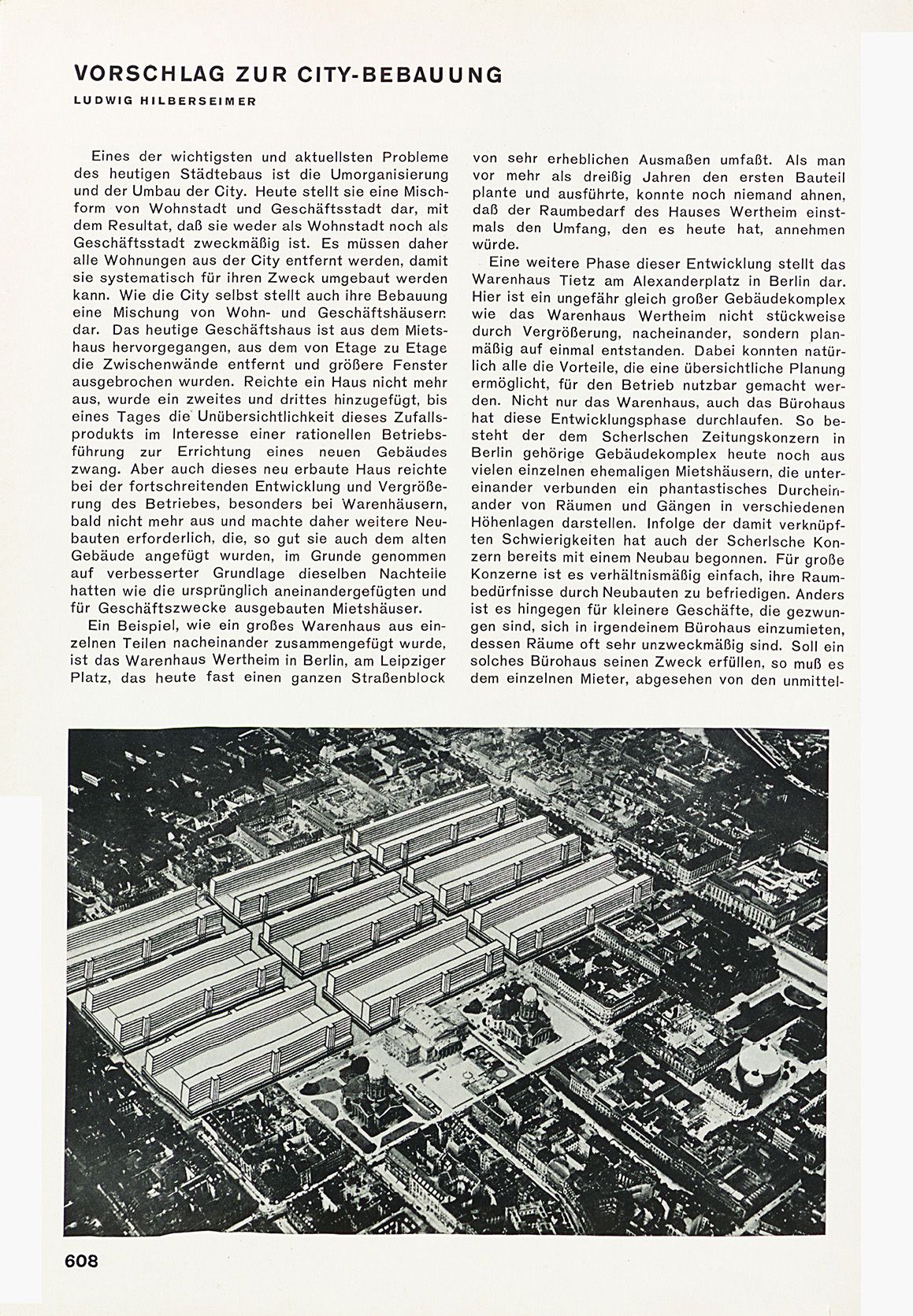
Urban Climatology and Design: A History of Ideas
This research and book project reconstructs the intellectual history of adapting urban climatology insights through 20th century architecture, particularly those models aimed at controlling urban microclimates and the associated buildings by passive means. The project examines the transformation of the scientific object – the urban climate – into a design artifact, and thus the applicability of urban climatology in the field of architecture. From the outset, the practical implications of urban climatology for architecture have been both recognized and emphasized. “The density of built-up areas, the heights of the houses, their distance from one another, the width of the streets and squares, their orientation and their plant life—all of these have their effect on the temperature picture of a city,” was how climatologist Albert Kratzer formulated his research hypothesis (Kratzer 1937: 62). In a nutshell these aspects contribute to an (unwritten) theory of practice – an urban theory of climate control – which is the objective of this book project.